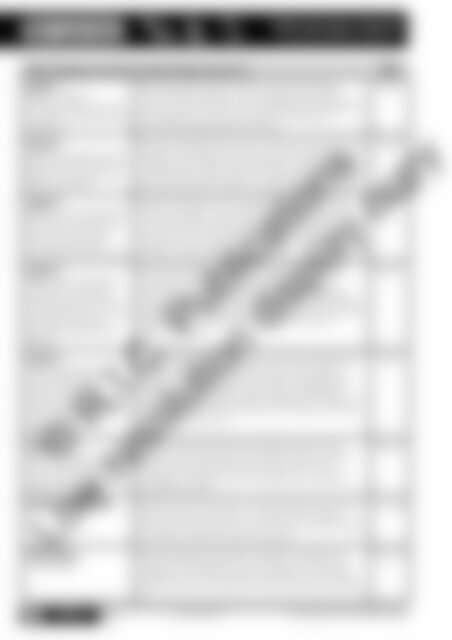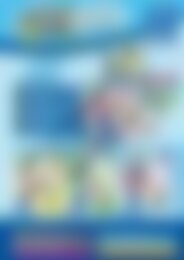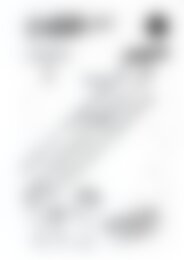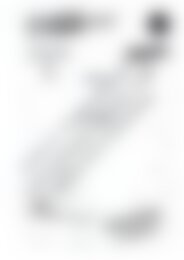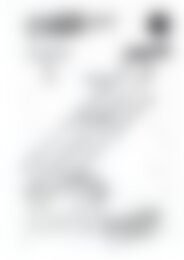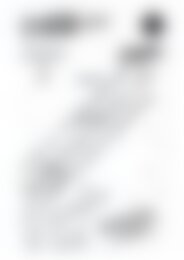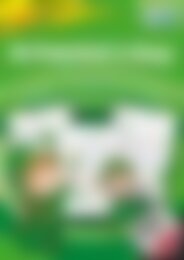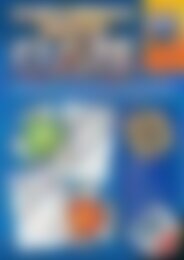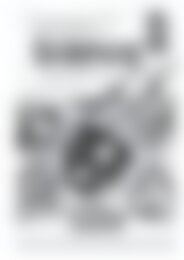6172RB Science a STEM approach Year 2 low res watermark
Create successful ePaper yourself
Turn your PDF publications into a flip-book with our unique Google optimized e-Paper software.
Unit overview<br />
Earth and space sciences<br />
OUR RESOURCEFUL WORLD<br />
Earth’s <strong>res</strong>ources are used in a variety of ways (ACSSU032)<br />
Lesson 1<br />
What are Earth's<br />
<strong>res</strong>ources? Where do they<br />
come from and how do we<br />
use them?<br />
Lesson 2<br />
What natural <strong>res</strong>ources do<br />
we use for food? How do<br />
different foods get from a<br />
farm to our fork?<br />
Lesson 3<br />
What do we use water for?<br />
How does water get from<br />
a source to our house?<br />
How does water get<br />
removed from our house?<br />
Lesson 4<br />
What do we use Earth's<br />
minerals for and where<br />
are they found? How do<br />
minerals get from a source<br />
to a factory and what<br />
happens to them at the<br />
factory?<br />
Lesson 5<br />
How did Aboriginal and<br />
Tor<strong>res</strong> Strait Islander<br />
people use Earth's<br />
<strong>res</strong>ources? How did they<br />
ensure there were enough<br />
<strong>res</strong>ources for future<br />
generations?<br />
Lesson 6<br />
How can we use Earth's<br />
<strong>res</strong>ources wisely and how<br />
can we reduce, reuse and<br />
recycle our waste?<br />
Summative assessment<br />
<strong>STEM</strong> project<br />
Compost bin<br />
Students explore types of Earth's <strong>res</strong>ources and how<br />
we use these <strong>res</strong>ources in our everyday lives. Students<br />
conduct a school walk to find and take digital photographs<br />
of how Earth's <strong>res</strong>ources are used in their natural or<br />
transformed state around the school.<br />
Students identify Earth's <strong>res</strong>ources that we use for food and<br />
the types of food products that come from each <strong>res</strong>ource.<br />
Students watch videos and participate in interactive games<br />
to identify how food products are produced and how they<br />
are transported from a farm to a supermarket for us to buy.<br />
Students identify natural sources of water on Earth and<br />
how we use water in our everyday lives. Students use an<br />
interactive game to explore how water is transported from<br />
a source to our homes and back to the ocean, through<br />
several processes, and how this changes in different<br />
locations, such as the city or the country.<br />
Students investigate different minerals found on Earth<br />
and conduct an activity to extract different types of<br />
minerals from a tub filled with sand. They then classify<br />
these minerals into three groups—rocks, gems and metals.<br />
Students explore how minerals are mined from the ground<br />
and transported to factories to be transformed into<br />
different products.<br />
Students explore how Aboriginal and Tor<strong>res</strong> Strait Islander<br />
people used Earth's <strong>res</strong>ources for food, water, shelter<br />
and to make tools to help them perform everyday tasks.<br />
Students scan QR codes to watch videos of Aboriginal<br />
and Tor<strong>res</strong> Strait Islander people explaining how they use<br />
Earth's <strong>res</strong>ources and how they ensure there are <strong>res</strong>ources<br />
available for future use.<br />
Students identify possible issues that may arise in the<br />
future if humans continue to use Earth's <strong>res</strong>ources faster<br />
than they are replenished. They explore how we can<br />
be kinder to the environment by reducing, reusing and<br />
recycling our waste.<br />
Students communicate their understanding of how we use<br />
each of Earth's <strong>res</strong>ources in our daily lives, the types of<br />
<strong>res</strong>ources we get from farms, rivers and mines, and how we<br />
can reduce, reuse and recycle our waste.<br />
Pages<br />
78–81<br />
82–85<br />
86–89<br />
90–91<br />
92–95<br />
96–100<br />
© R.I.C. Publications<br />
Low <strong>res</strong>olution display copy<br />
Students design and create a miniature compost bin to<br />
show the school gardener how he/she can reuse waste<br />
materials to make free compost. Students record a video<br />
explaining how a compost bin works and how to look after<br />
it.<br />
101–102<br />
103–110<br />
76 <strong>Science</strong>:<br />
A <strong>STEM</strong> APPROACH<br />
YEAR<br />
2<br />
978-1-925431-95-7 R.I.C. Publications® – www.ricpublications.com.au


